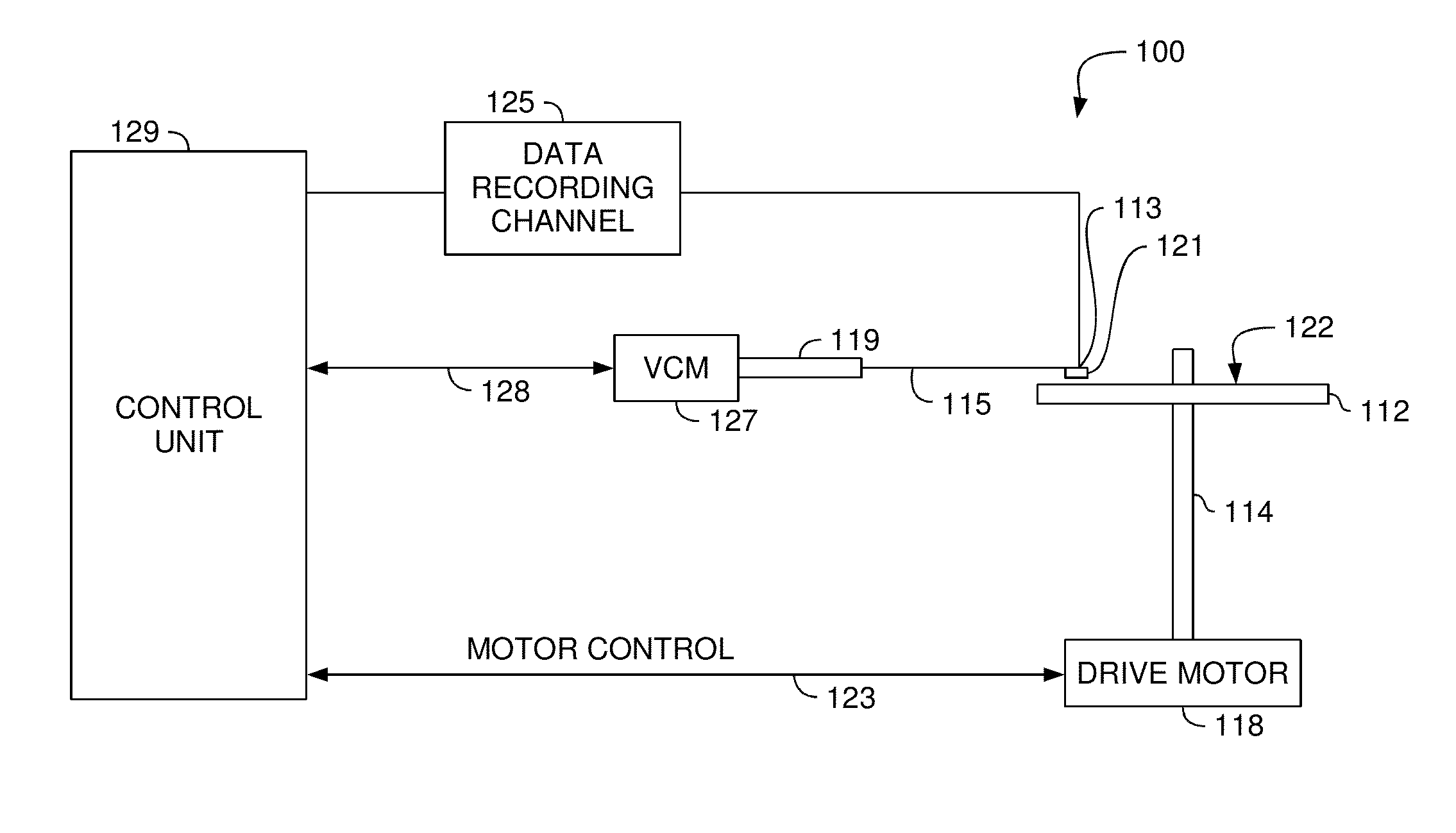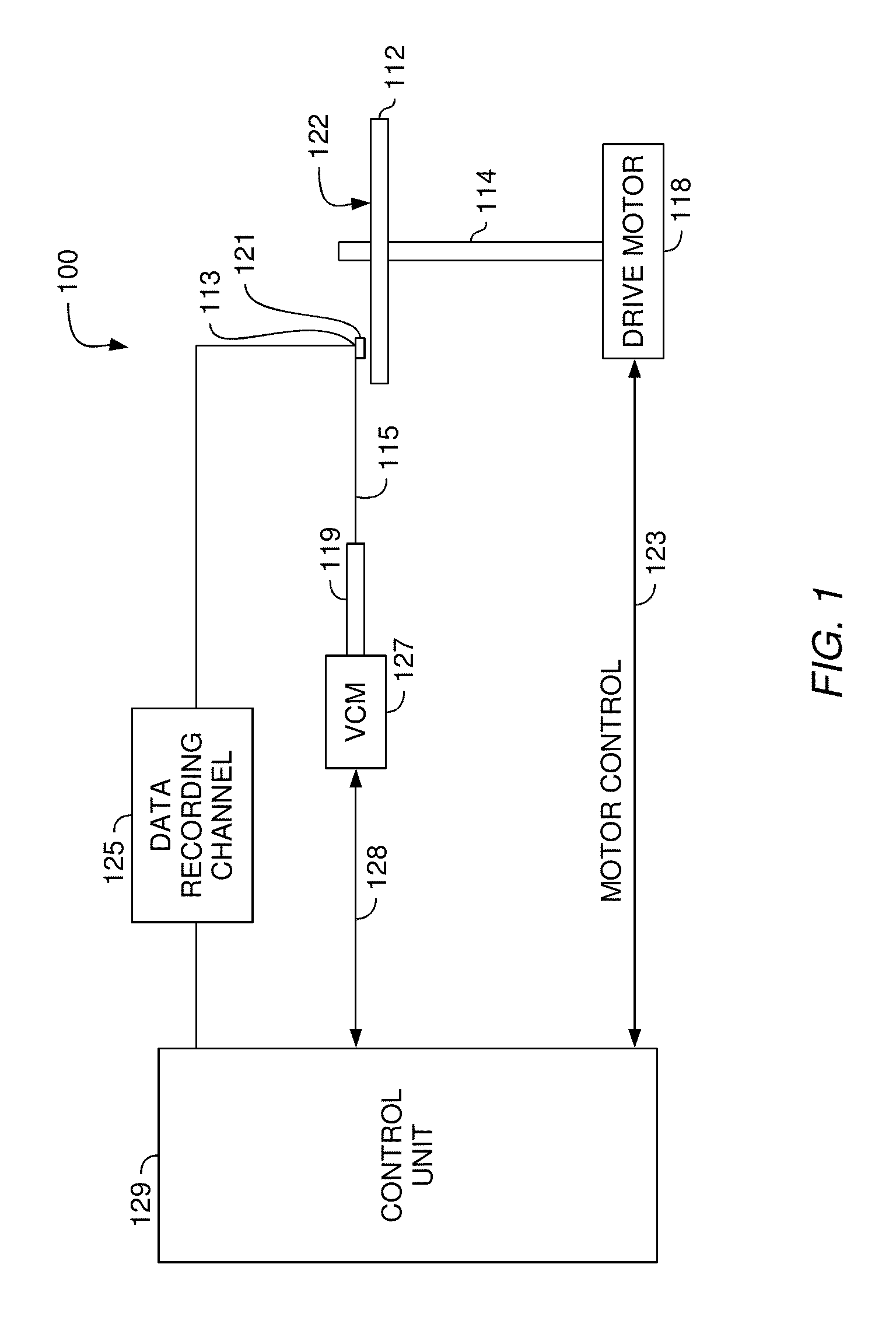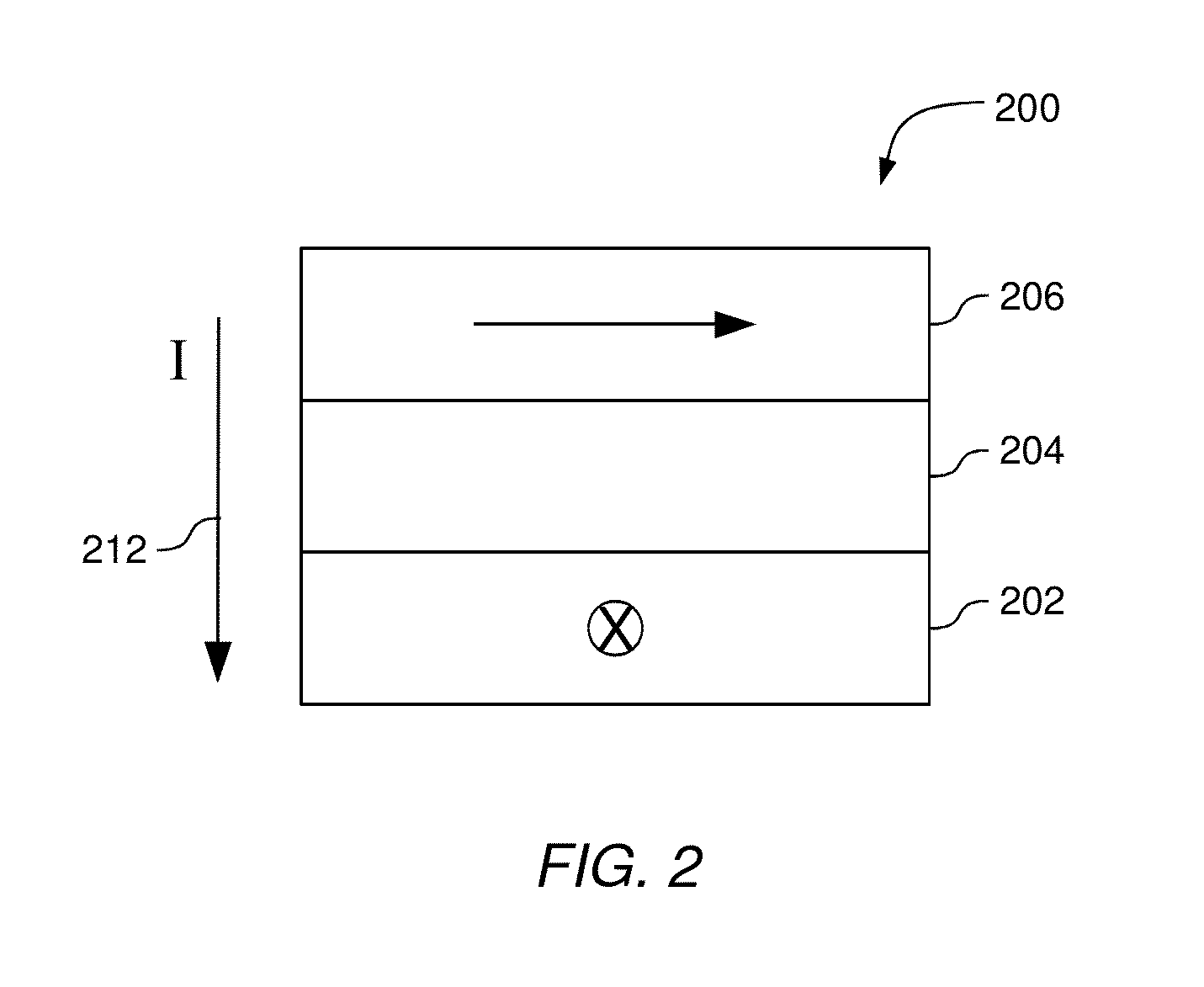CPP-GMR sensor with corrosion resistent spacer layer and higher signal/noise ratio
a gmr sensor and spacer layer technology, applied in the field of gmr sensors, can solve the problems of reducing the signal/noise ratio of cpp-gmr sensors, affecting the performance of gmr sensors, and affecting the reliability of gmr sensors, so as to increase the electrical resistivity of the read head sensor and increase the resistance to corrosion
- Summary
- Abstract
- Description
- Claims
- Application Information
AI Technical Summary
Benefits of technology
Problems solved by technology
Method used
Image
Examples
example embodiments
[0068]FIGS. 8A-C illustrate different read sensors, according to embodiments of the invention. FIG. 8A shows one embodiment of a read sensor that contains a CPP spin valve. A typical CPP-GMR spin valve is formed with a ferromagnetic free layer 806, a spacer layer 804, a pinned ferromagnetic reference layer 802, and an anti-ferromagnetic pinning layer 808. The ferromagnetic free layer 806 may comprise of the same material(s) that are suitable for the ferromagnetic reference layer 802. The ferromagnetic layers 802, 806 may comprise of the same material(s), or they may comprise a different single layer or multi-layer of alloys of, for example, Co, Fe and Ni.
[0069]FIG. 8B illustrates a pseudo spin valve where the ferromagnetic reference layer 802 is not pinned to an anti-ferromagnetic pinning layer.
[0070]FIG. 8C shows an “AP-pinned” spin valve where a pinned ferromagnetic layer 812 is exchange coupled to anti-ferromagnetic pinning layer 808, and is also anti-ferromagnetically coupled to...
PUM
| Property | Measurement | Unit |
|---|---|---|
| bias voltage | aaaaa | aaaaa |
| electrically conductive | aaaaa | aaaaa |
| electrical resistivity | aaaaa | aaaaa |
Abstract
Description
Claims
Application Information
 Login to View More
Login to View More - R&D
- Intellectual Property
- Life Sciences
- Materials
- Tech Scout
- Unparalleled Data Quality
- Higher Quality Content
- 60% Fewer Hallucinations
Browse by: Latest US Patents, China's latest patents, Technical Efficacy Thesaurus, Application Domain, Technology Topic, Popular Technical Reports.
© 2025 PatSnap. All rights reserved.Legal|Privacy policy|Modern Slavery Act Transparency Statement|Sitemap|About US| Contact US: help@patsnap.com



